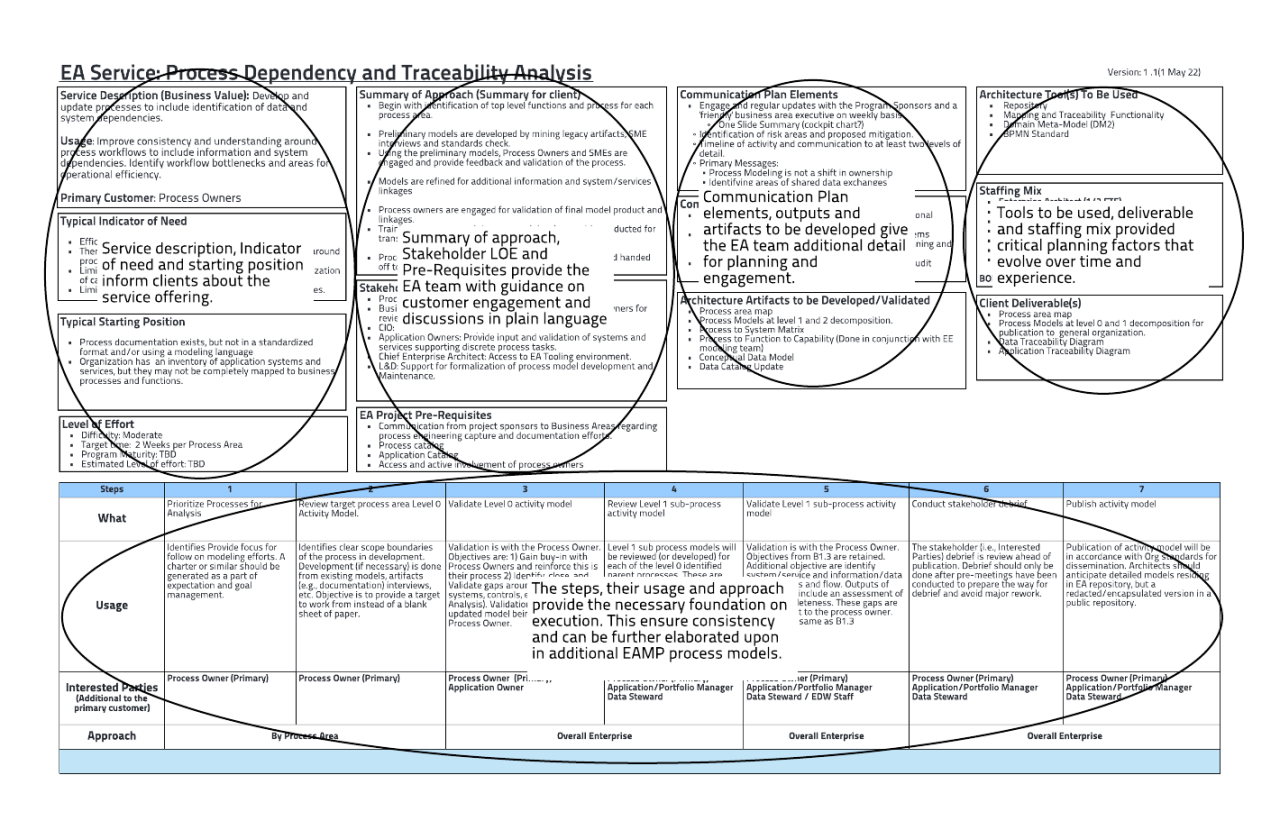Blog
Zachman International & FEAC Institute
Enterprise Architecture Services: Delivering Value Beyond Management Programs
Introduction
Enterprise Architecture (EA) transcends the perception as a collection of diagrams and complex models when used as a tool for informed decision-making. The actual value of EA lies in providing decision insights that enable leaders to navigate organizational complexities with greater effectiveness and agility. EA models offer organizational transparency, revealing connections between processes, systems, data, and technology, which are crucial for identifying gaps, inefficiencies, and opportunities for improvement. EA ensures strategic alignment, risk management, resource optimization, strategic foresight, and smooth change management by enhancing decision-making capabilities. It also facilitates better stakeholder communication by translating complex technical details into understandable insights. Ultimately, EA empowers decision-makers to align actions with strategic goals, optimize resources, manage risks, and drive innovation, transforming data into actionable insights for organizational success. However, practicing enterprise architects face the barrier of communicating the value of EA to organizational stakeholders because of the tendency to talk about architecture models, frameworks, etc., instead of value creation.
Introduction
Enterprise Architecture (EA) transcends the perception as a collection of diagrams and complex models when used as a tool for informed decision-making. The actual value of EA lies in providing decision insights that enable leaders to navigate organizational complexities with greater effectiveness and agility. EA models offer organizational transparency, revealing connections between processes, systems, data, and technology, which are crucial for identifying gaps, inefficiencies, and opportunities for improvement. EA ensures strategic alignment, risk management, resource optimization, strategic foresight, and smooth change management by enhancing decision-making capabilities. It also facilitates better stakeholder communication by translating complex technical details into understandable insights. Ultimately, EA empowers decision-makers to align actions with strategic goals, optimize resources, manage risks, and drive innovation, transforming data into actionable insights for organizational success. However, practicing enterprise architects face the barrier of communicating the value of EA to organizational stakeholders because of the tendency to talk about architecture models, frameworks, etc., instead of value creation.
Value Creation through EA Services
Value creation in EA is achieved when architecture services directly support and enhance business outcomes. For the context of this paper, EA Services are separate from the concept of Service-Oriented EA. Instead, EA Services are discreet value propositions that address stakeholder (i.e., decision-maker) needs based on achieving organizational outcomes. These services are tailored to address particular challenges, optimize processes, and drive innovation. Unlike the EA management program, which provides the foundational structure, EA services are the actionable components that deliver tangible benefits.
Examples of Enterprise Architecture Services
1. Business Capability Mapping: This service identifies and documents an organization's core capabilities, aligning them with strategic objectives. Capabilities are connected to various ways and means (e.g., processes, roles, data, applications, etc.). The resulting visualization clarifies how capabilities interact and contribute to business goals. Organizations can identify gaps, redundancies, and opportunities for improvement.
2. Application Rationalization: Conventional approaches such as the Gartner® TIME Framework can be extended beyond technical and functional fit by connecting the subject applications to the larger enterprise digital and business ecosystem. Examining secondary and tertiary impacts allows for a more complete and well-rounded approach to asset management.
EA Services and the EA Management Program: Two Different Things.
The EA Management Program is where the EA capabilities are developed and matured. The EA Management Program (EAMP) components include repository management, architecture development guide documentation, governance, etc. These are core day-to-day business practices in enterprise architecture. However, the EAMP does not inherently provide value to the enterprise itself. On the other hand, EA services depend upon the maturity of the functions that an ever-evolving and developing EAMP can deliver. However, EA services are outward-facing and client-oriented. This client-orientation
Anatomy of an EA Service
EA Services need to be formalized to ensure consistency in delivery to customers. Much too often, enterprise architects talk about the need for architecture but do not necessarily practice what they preach. If the EAMP itself is not formalized, enterprise architects' failure to eat their own dog food erodes credibility in the value of EA. Figure 1 provides a high-level overview of the definition of an EA service. This high-level service definition is backed up with more detailed process models, etc., and maintained in the EA repository as a means of helping mature.
Figure 1 is a summary-level document but provides critical details to ensure the team works from a consistent set of guidance. Services definitions can be considered plays and a collection of services, the EA playbook. Each play is periodically updated as the EAMP matures and organizational needs change.
Conclusion
Enterprise Architecture Services shift the focus from managing EA as a program to delivering targeted services that create real business value. By developing and maturing EA management capabilities, enterprise architects can ensure their architecture services are effective and aligned with strategic goals. Identifying and understanding the needs of internal clients is essential for delivering tailored EA services that drive innovation, efficiency, and competitive advantage. EA Services enable a clearer means of communicating the value of EA without unnecessary exposition.
When you subscribe to the blog, we will send you an e-mail when there are new updates on the site so you wouldn't miss them.
Connect with us
15954 Jackson Creek Pkwy
Suite B463
Monument, CO 90132
-
dummyZACHMAN: (818) 244-3763
-
dummyFEAC: (703) 836-1002
-
dummy



Comments